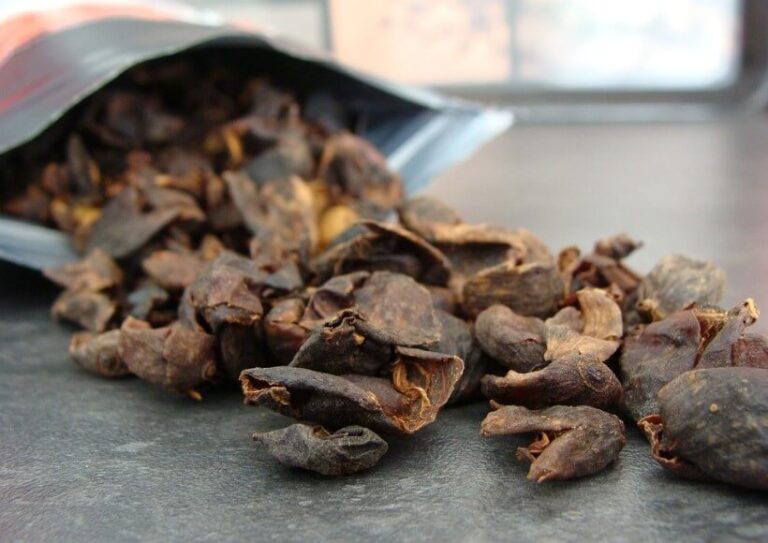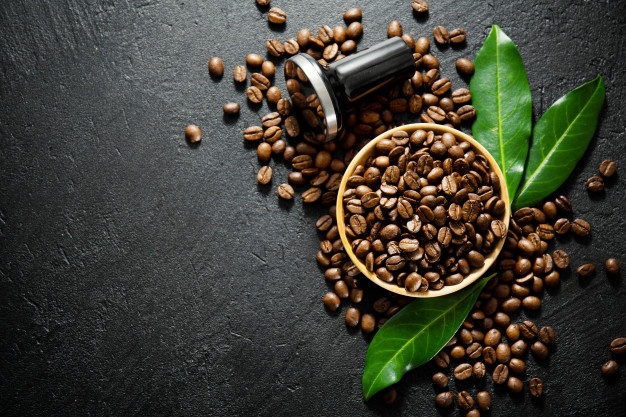TLDR: How to make coffee taste good?
Many people don’t know how to make coffee taste good… They’re using old tools, tap water, and a coffee grinder instead of a poppy seed grinder. Yeah, that’s true. I hope you don’t do that – but if you do, read this article!
- Use fresh coffee beans
- Grind just before brewing
- Use clean, filtered water
- Measure everything
- Master the brewing time
- Check the temperatures
- Keep your equipment clean
- Store your beans properly
- Experience new methods
- Take notes
TLDR: How to make coffee taste good?
- Use fresh coffee beans
- Grind just before brewing
- Use clean, filtered water
- Measure everything
- Master the brewing time
- Check the temperatures
- Keep your equipment clean
- Store your beans properly
- Experience new methods
- Take notes
Start with Fresh Coffee Beans:
For a truly delicious cup of coffee, it all starts with the beans. Freshly roasted coffee beans are key to unlocking the full range of flavors and aromas. That makes coffee such a delightful experience. As coffee beans age, they lose these volatile compounds, resulting in a lackluster brew.
That’s why it’s important
- to buy your beans from reputable roasters
- who lists the roast date on the packaging
- and use them within 2 to 4 weeks for the best results.
So, to enjoy a truly exceptional cup of coffee, start with fresh, high-quality beans!
Grind Just Before Brewing:
Grinding your coffee beans just before brewing is crucial to maintain their exquisite flavors and aromas. Ground coffee has a bigger surface area than coffee beans, making it susceptible to rapid oxidation and flavor loss.
The best option for achieving a consistent grind size is a burr grinder, which ensures an even extraction during brewing. Different brewing methods require different grind sizes.
- For instance, coarser grounds work great for French press,
- while finer grounds are perfect for espresso.
You unlock the beans’ full potential by grinding your coffee fresh, resulting in a more vibrant and flavorful cup.
Use Clean, Filtered Water:
Water quality impacts the taste of your coffee. Tap water often contains impurities, such as chlorine or minerals, that can create undesirable flavors in your brew. To achieve a clean and delicious cup, use filtered or bottled spring water with a balanced mineral profile.
Measure Your Coffee and Water:
To consistently achieve a delicious cup of coffee, you must prioritize consistency. Measuring your coffee and water is crucial to achieving the proper coffee-to-water ratio. The recommended standard is
- 1 to 2 tablespoons of coffee grounds
- for every 6 ounces (177 milliliters) of water.
However, personal preferences may vary, so adjust the ratio to your liking. Eliminate guesswork and embrace the science of coffee brewing to unleash your beans’ full potential.
Master the Brewing Time:
Different brewing methods require different extraction times. For example,
- espresso needs a brief extraction time of 25-30 seconds,
- while pour-over techniques may take a few minutes.
Experimenting with the brewing time can help you find the perfect taste for your coffee. Knowing the correct brewing time will help you to
- avoid under-extraction, which leads to sour and weak coffee,
- or over-extraction, which results in bitter and harsh coffee.
Mind Your Water-to-Coffee Temperature:
Maintaining the correct temperature throughout brewing is critical for achieving a flavorful cup of coffee. As water comes into contact with coffee grounds, it initiates the extraction process.
The ideal brewing temperature for water is between 195-205°F (90-96°C).
- Water that’s too hot can lead to over-extraction, resulting in bitterness,
- while too cold water may not extract the full range of flavors.
Keep Your Equipment Clean:
Cleanliness is essential for preserving the quality and taste of your coffee. You need to clean all coffee-making equipment, including
- grinders,
- coffee makers,
- filters, and other brewing tools.
Coffee oils and residues can accumulate over time, imparting rancid or stale flavors to your brew. A thorough cleaning routine helps maintain the freshness of your coffee, prevents cross-contamination of flavors, and ensures a delightful cup every time.
Additionally, regularly descaling your coffee maker will prevent mineral buildup, allowing it to operate at its best.
Store Your Beans Properly:
Proper storage is crucial for your coffee beans’ optimal freshness and flavor. To achieve this, ensure that
- you store your beans in an airtight container,
- away from direct sunlight, heat, and moisture,
- in a cool and dark place.
Avoid refrigeration or freezing of your coffee beans since they can absorb odors and lose essential oils, affecting their taste.
You should purchase smaller quantities to ensure you use the beans while they are fresh. Following these storage guidelines, you’ll enjoy consistently delicious coffee whenever you brew.
Experiment with Different Coffee Varietals and Origins:
Explore the rich world of coffee by trying out various coffee varieties and origins. Coffee beans grown in different regions and climates can exhibit unique flavors,
- ranging from fruity and floral
- to nutty and chocolatey.
By experimenting with different coffee origins, you’ll better understand your taste preferences and the diversity of coffee profiles.
Specialty coffee roasters often provide detailed tasting notes for their offerings. These can help you make better judgments before buying your next coffee beans.
Take Notes for Coffee Improvement:
As a passionate coffee enthusiast, taking notes is one valuable habit that can significantly elevate your coffee game.
Keeping a coffee journal or using digital tools to record your brewing experiments allows you to track your progress over time. Each brewing session is a learning opportunity; making notes will ensure you’ll make better coffee next time.
When jotting down your observations, consider recording essential details such as
- the coffee beans’ origin,
- roast level,
- grind size,
- water-to-coffee ratio,
- water temperature,
- and brewing time.
Additionally, take note of the
- flavors,
- aroma,
- body, and overall impression of each cup you brew.
These notes provide valuable insights into what you enjoy and enable you to recreate exceptional cups of coffee.
Enjoy your coffee!




